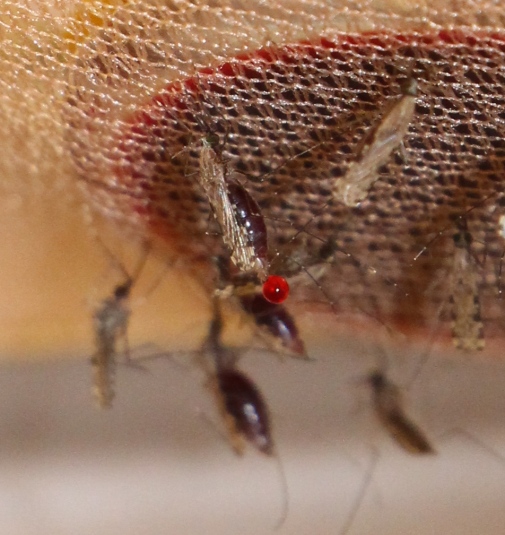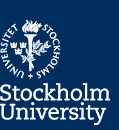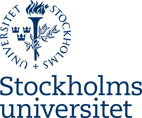Insect vectors are frequently viewed as not more than “flying syringes” that transmit pathogens between hosts. However, host physiological status and behaviour as a result of pathogen manipulation has direct impact on transmission dynamics of the disease. With combined basic and applied scientific approaches we address the question relating to transmission blocking strategies of vector-borne diseases: How can a parasite manipulate its vector for securing transmission success?
Novel strategies for vector control
Many countries in the world are moving towards the eradication of malaria, and increased understanding of its transmission is needed to effectively control residual malaria. We address this question within a biological system of direct relevance to human health: Plasmodium falciparum, the deadly malaria parasite and its major mosquito vector Anopheles species, which are responsible for the majority of malaria transmission globally. Within the Stockholm University Malaria/Mosquito Facility (SUMF) we have a biosafety level-3 (BSL-3) certified insectary and are in the unique position of performing infections of Anopheles mosquitoes with the human infecting malaria parasite, Plasmodium falciparum.

We have discovered the molecular basis by which the plasmodia improve the odds of transmission from their intermediate vertebrate host to their definitive invertebrate host (mosquito). Together with professor emeritus Ingrid Faye, we recently found volatile molecules which are released from human erythrocytes via the parasite metabolic precursor HMBPP (Emami et al Science , 2017). This renders malaria-infected people more attractive to mosquitoes than uninfected people. Importantly, HMBPP exposes a profound weakness in the plasmodia that may be exploited, by the identification of key attractants that can be used to enhance trapping efficacy and interrupt malaria transmission.
Significance of our research
The research in our group encompasses a spectrum of areas from behavioural /infection biology of vector-pathogen-host interactions through to fundamental research in chemical ecology & evolution. Our strengths are in using integrated approaches that range from molecular and cellular scales through to individuals, populations, species, and ecosystems. Our research is organised into five broad themes.
1-Infection biology of vector-pathogen-host interactions
2-Infectious disease & host behavioural flexibility
3-Chemical Ecology & Environmental Change
4-Invention of strategies for blocking successful transmission
5-Omics/Statistics/Evolutionary Analysis & models
Keywords
Vector-pathogen-host interactions, Infectious disease, Anopheles species, Apicomplexan parasites, Transmission, Mosquito behaviour, Chemical ecology, Evolutionary analysis, Bioinformatics and Statistical models.
Selected publications
Vafa Homann M., Emami S.N., Yaman V., Stenström C., Sonden K., Ramström H., Karlsson M., Asghar M., Färnert A., (2017), Detection of malaria parasites after treatment in travelers: A 12-months longitudinal study and statistical modelling analysis. EBioMedicine, DOI: 10.1016/j.ebiom.2017.10.003: PMID: 29050948
Emami S.N., Lindberg B.G., Hua S., Mozuraitis R., Lehmann P., Birgersson G., Hill S., Borg-Karlson A.K., Ignell R., Faye F., (2017), A key malaria metabolite modulates vector blood seeking, feeding, and susceptibility to infection. Science, 335: 1076-1080: PMID:28183997
Emami, S. N., Ranford-Cartwright, L. C. & Ferguson, H. M., (2017), The transmission potential of malaria-infected mosquitoes (An.gambiae-Keele, An.arabiensis-Ifakara) is altered by the vertebrate blood type they consume during parasite development. Nature Scientific reports,7, 40520: PMID:28094293
Mohamed Adia M., Emami S.N., Byamukama R., Faye I., Borg-Karlson A.K., (2016), Antiplasmodial activity and phytochemical analysis of extracts from selected Ugandan medicinal plants., Journal of Ethnopharmacology, 20;186:14-9: PMID:27019273
Emami S.N., Ranford-Cartwright L., Ferguson H.M., (2013), The impact of low erythrocyte density in human blood on the fitness and energetic reserves of the African malaria vector Anopheles gambiae. Malaria Journal, 12: 1-11: PMID: 23374331






